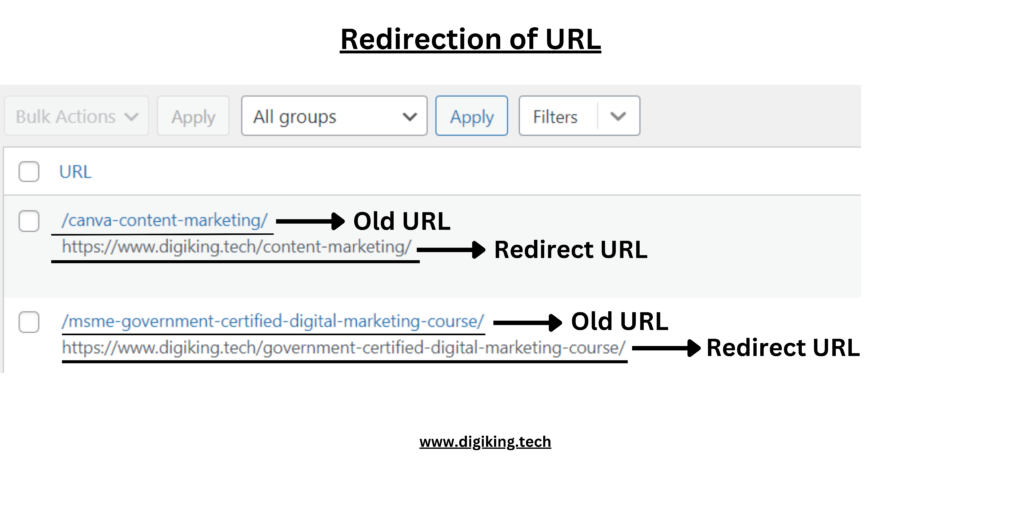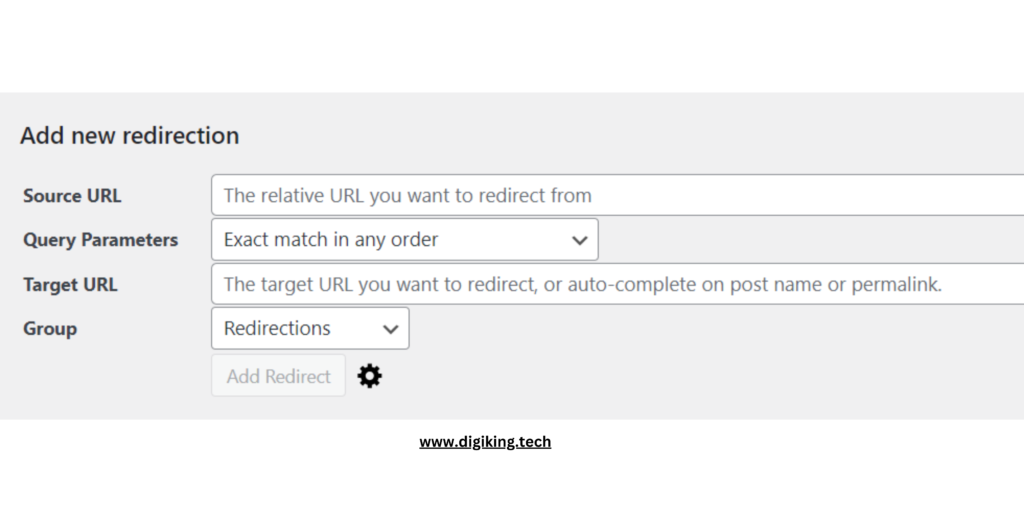Redirects (a process to change your links or URL of a website in WordPress) are essential to use for a smooth experience in search engine optimization, as it will maintain your SEO value and help you outrank your competitors on search engines like Google. It allows you to handle 301 redirections, track 404 problems, and generally tie up any loose ends on your site.. This will eliminate mistakes and improve your site’s rating.
A redirect, at its most basic, is a means for forwarding one URL to another. It enables webmasters to easily redirect visitors from an old URL to a new one. This can happen for a variety of reasons, such as when the location of a page changes or when a website is revamped or rebranded. In such circumstances, redirecting guarantees that visitors who try to access the old URL are instantly forwarded to the new URL, avoiding the aggravation of seeing a “404 Not Found” error page.

There are many other types of redirects, but the two most common are “permanent” and “temporary.” Most people cannot identify the difference between the two, but they are essential for “search engines.”
The most common types include:
There are three main ways to set up HTTP redirects:

“Redirection” is the most often used plugin for redirecting a URL. It is intended for usage on sites with a few redirects or those with thousands. It has been with WordPress for over ten years and is still the most used redirect plugin.
Now that we’ve covered the principles of redirects and their influence on SEO, let’s look at how they may help you outrank other websites on Google:
<meta http-
equiv="refresh" content="0; url=https://digiproindia.com/">
Redirects are essential in preserving a website’s SEO value. When used appropriately, they may have a beneficial impact on your Google results and help you outrank competition. Incorrect implementation or misuse of redirects, on the other hand, can have negative implications, such as the buildup of redirect chains, which can dilute SEO authority and slow down page loading times:
In the realm of SEO and website optimization, redirects are essential tools. Understanding the various sorts of redirection and carefully using them may help you improve the user experience, protect SEO value, and gain a competitive edge in Google search results.
Remember to utilize 301 redirects for permanent changes, to keep redirect chains to a minimum, to update internal links on a regular basis, and to monitor redirect failures. You may maximize the potential of redirection and boost your website’s chances of outranking competitors by adopting these recommended practices.